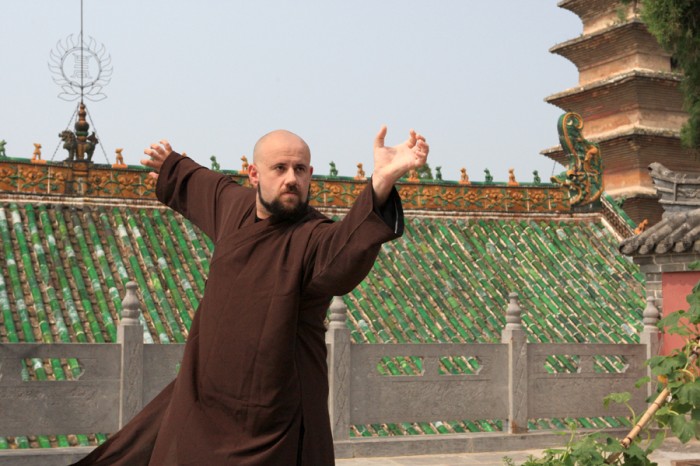Random Free Articles
- Upholding Tradition
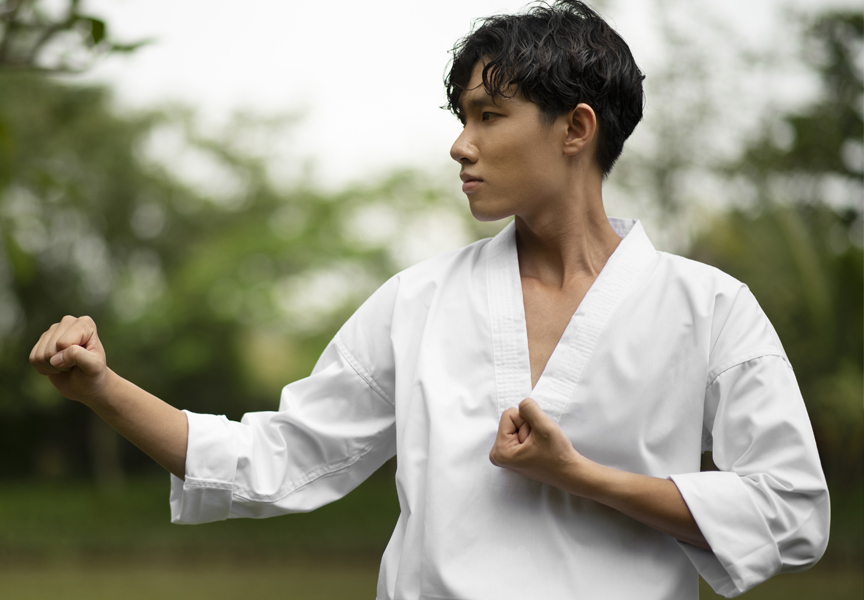
The Responsibility of Practicing Traditional Martial Arts In a world where trends come and go with the blink of an eye, traditional martial arts stand as bastions of timeless wisdom, discipline, and cultural heritage. Rooted in centuries of history and philosophy, these martial arts aren't merely physical disciplines but profound systems of self-improvement and ethical conduct. However, as the popularity of martial arts grows, so does the…
- Martial Arts and Violence
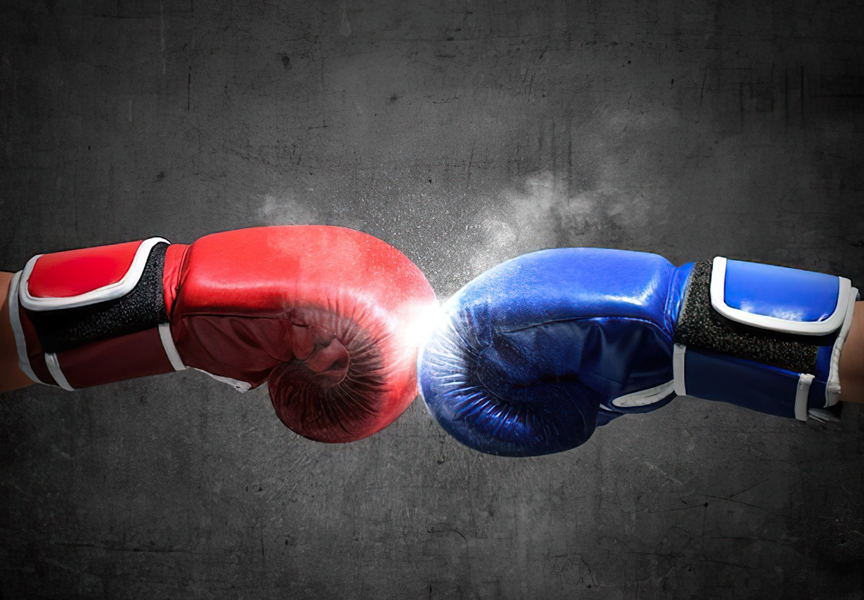
In recent years, there has been an ongoing debate surrounding the association between martial arts and violence, particularly concerning children who practice combat sports. Concerned parents often express worry about their children potentially becoming more aggressive due to their involvement in activities like Κarate, Kung Fu, or taekwondo. However, it's crucial to debunk this misconception and understand the broader context in which…
- Paper Engraved Couplets
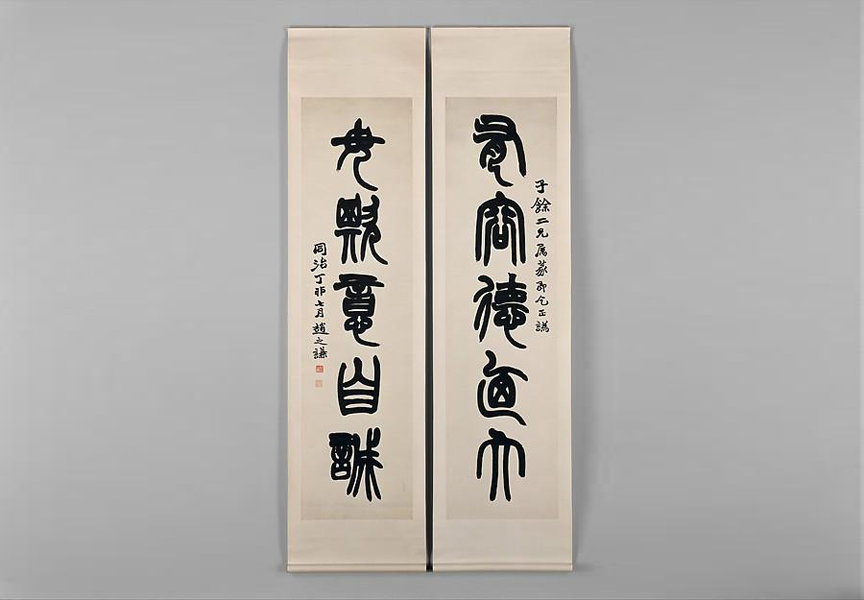
Paper Engraved Couplets in a Shaolin Kung Fu School In the tranquil courtyards of a traditional Shaolin Kung Fu school, amidst the echoes of ancient martial arts techniques, there exists a practice that transcends physical prowess – the art of paper engraved couplets (Zhǐ kè duìlián 纸刻对联). Within these hallowed grounds, where discipline meets spirituality, these delicate paper creations adorn the walls, serving as both a…
- Mastering the Art of Silk Reeling Motion
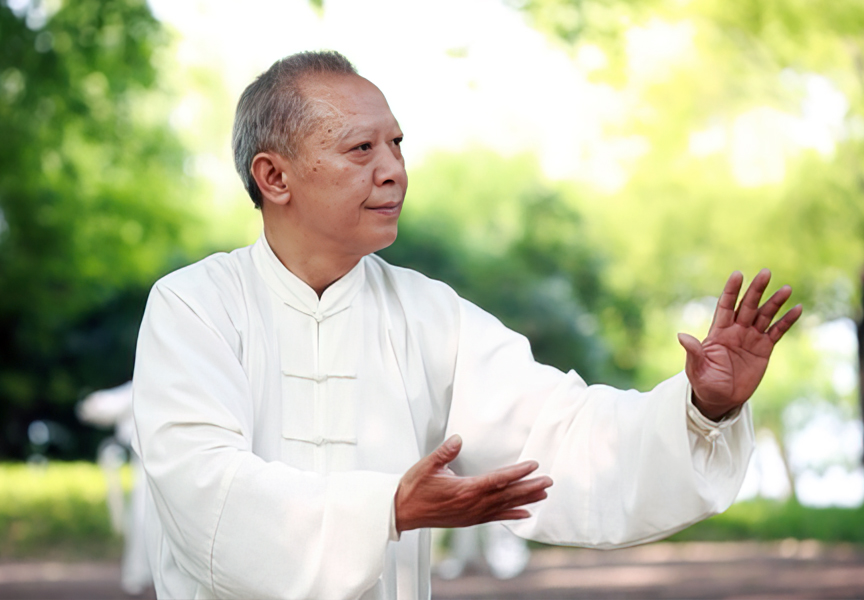
A Journey of Discipline and Grace Silk reeling motion, often referred to as Chan Si Gong [Chin.: chánsī 缠丝功] or Chan Su Jin [Chin.: Chán sī gōng Chán Sī Jīn 纏絲劲] in Chinese martial arts, is a foundational practice that has been passed down through generations. This intricate and elegant movement is not just a physical exercise; it's a profound art that combines fluidity, power, and mindfulness. In this article, we will…
- The Transformation of the Humble Bench
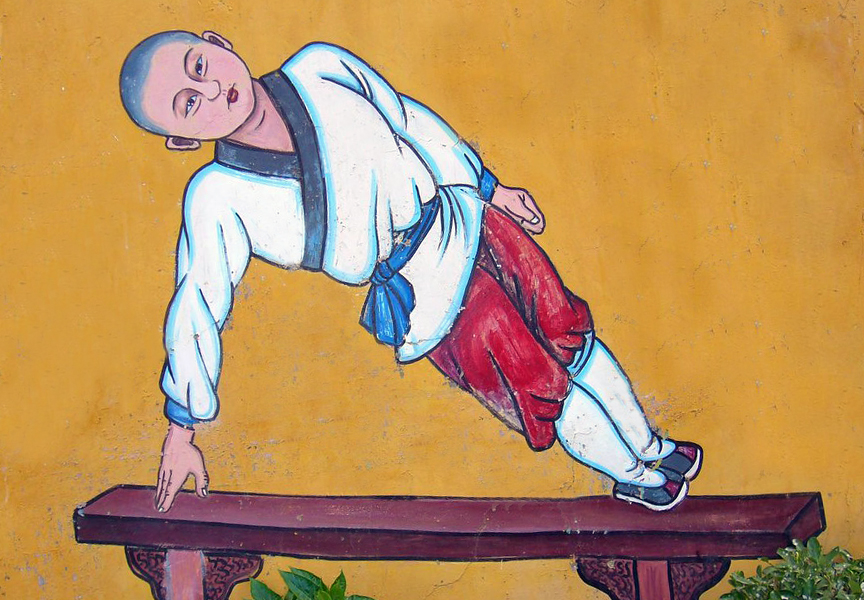
From Seating to Weapon of Choice In the world of martial arts, innovation and adaptability have always played a crucial role in shaping the evolution of combat techniques. One of the most intriguing examples of this phenomenon can be found in the ancient discipline of Shaolin Kung Fu, where the seemingly ordinary bench - Changyi [Chin.: Cháng yǐ 长椅] has been transformed into a formidable weapon of choice. Originally designed for seating,…

